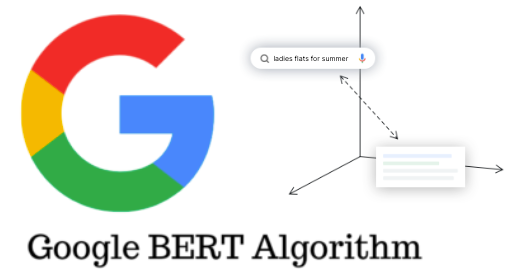Speak to WHY for Google AI

AI has undeniably changed how brands understand their customers and interact with them. Today's AI understands consumer motivations more deeply than what is typed into a search box. Gone are the days when all you had to do was embrace the established definitions of search intent. Now to compete successfully in the Paid Search channel you must embrace the role of AI, customize your ad copy to specific customer motivations, and do it at scale.
How do Search Engines understand motivations?
There have long been limitations to what automation and algorithms can provide brands looking for an edge and better, more personal way to connect with customers. It’s easy to see what people are searching for, just read the search box. But why are people searching, what’s the real motivation behind that search?
AI and Machine Learning can give you that insight and edge. Search engines are already leveraging this Why Data to match ad copy with search intent. For example, consider a search for “ladies flats for summer”. Two very different advertisers could be targeting audiences using the keyword “summer flats”, one renting apartments in London, while another is selling women’s shoes. The targeting mechanism of the keyword alone can’t ensure that the ads displayed are truly relevant for each consumer. Today the ad copy itself conveys the target audience to the search engine AI.
Deep consumer insights driven by AI have made the established definitions of search intent (Informational, Transactional, Commercial, and Navigational) insufficient for content creation and targeting. Search Engines and other major social and shopping platforms hold much more information about the motivations behind a search query beyond just the search terms. Consumer browsing history, prior searches, geo-location, device type, cookie data, mobile carrier, and simply the beginning of painting an individual picture of a specific customer. Today media platforms that use Machine Learning and Natural Language Processing can identify motivations that reveal much more than WHAT someone is looking for, but WHY.
Better experience invariably creates more revenue
By being more relevant and more individualized, publishers and platforms maximize revenue (even at lower incremental prices) because consumer engagement with the ads is greater and the risk of losing users due to irrelevant ads or content is lower. Since the release of BERT by Google and similar advancements in AI by Bing, Amazon and other major platforms that support search advertising, tech companies are using more information outside a specific search to create content that more efficiently matches advertisers to audiences and improves user experience.
For example, consider a car buyer that has young children and is primarily interested in the safety ratings and features of the vehicle. This consumer might search for “ev car ratings”. Just targeting this consumer intent as “informational” misses the opportunity to sell safety. In fact, just by the keyword to search term matches, the underlying motivation of safety is not even visible. However, the search engine might know that the user has performed several previous searches in a row related to safety. As a result, ads that focus on car safety and safety ratings will be promoted by the platform more heavily than content that addresses “informational” intent more generally.
How does intent alignment impact campaign performance?
The role of the AI in reviewing, and via RSAs even dynamically creating unique ads, is to be able to maximize the alignment between the ad copy being displayed and all the data known about the consumer’s motivation. Based on the assessment by the AI the most aligned content is promoted, while more generic or less aligned content is penalized. As a result, ad copy aligning most precisely with audience motivations ultimately lowers the price barrier for a marketer to get their ad in front of a potential customer. This is the key to success in an advertising ecosystem where Google’s AI plays the role of a firewall between the marketer and the consumer.
Examples of Motivations:
- Eco-Friendly: customer is motivated by his/her attitudes & key values
- Rising gas prices: economic/financial motivation
- Looking to downsize: motivated by lack of or decrease in space.
- Family Safety: family buyer concerned with vehicle safety features
Examples of Targeted Messaging:
- Eco-Friendly: “Reduce Your Footprint With Low Carbon Emissions”
- Rising gas prices: “Save Money On Gas With a Fully Electric Vehicle”
- Looking to downsize: “Get the Most Out Of Your Space With Compact EV’s”
- Family Safety: “Compare Safety Ratings and Features for Electric Vehicles”
Addressing underlying motivations fills in “intent gaps”. Accounting for all possible motivations allows us to provide maximum coverage for the full “intent space” being targeted. This requires either significant human research, testing, and time, or an AI solution with Natural Language Processing that can automate much of the process of understanding intents, comparing alignment, and generating ad content within brand guidelines that fits each motivation.
Are you motivated to address customer motivations at scale?
Those marketers that can understand all the unique motivations of their audience and can create uniquely tailored ads at scale will out-perform, while those that stick with more generic targeting based solely on search terms will continue to lose market share and see performance erode as the use of AI continues to grow in search as well as other channels like shopping and social media. Understanding customer motivation is essential to driving conversion and revenue. AI makes that understanding possible in ways we never could before.
The question now is your motivation. Are you ready to invest the time and resources necessary to create, manage and optimize finely tuned ad content at scale that addresses the WHY that motivates every potential customer?
